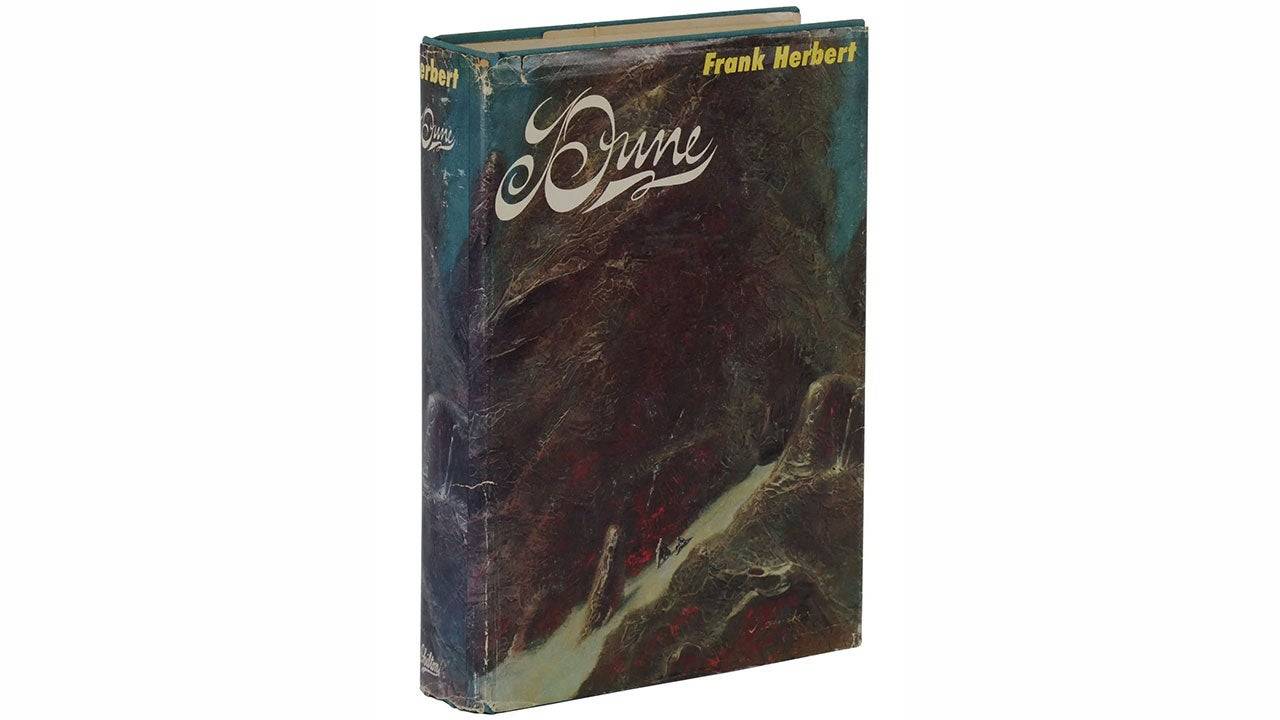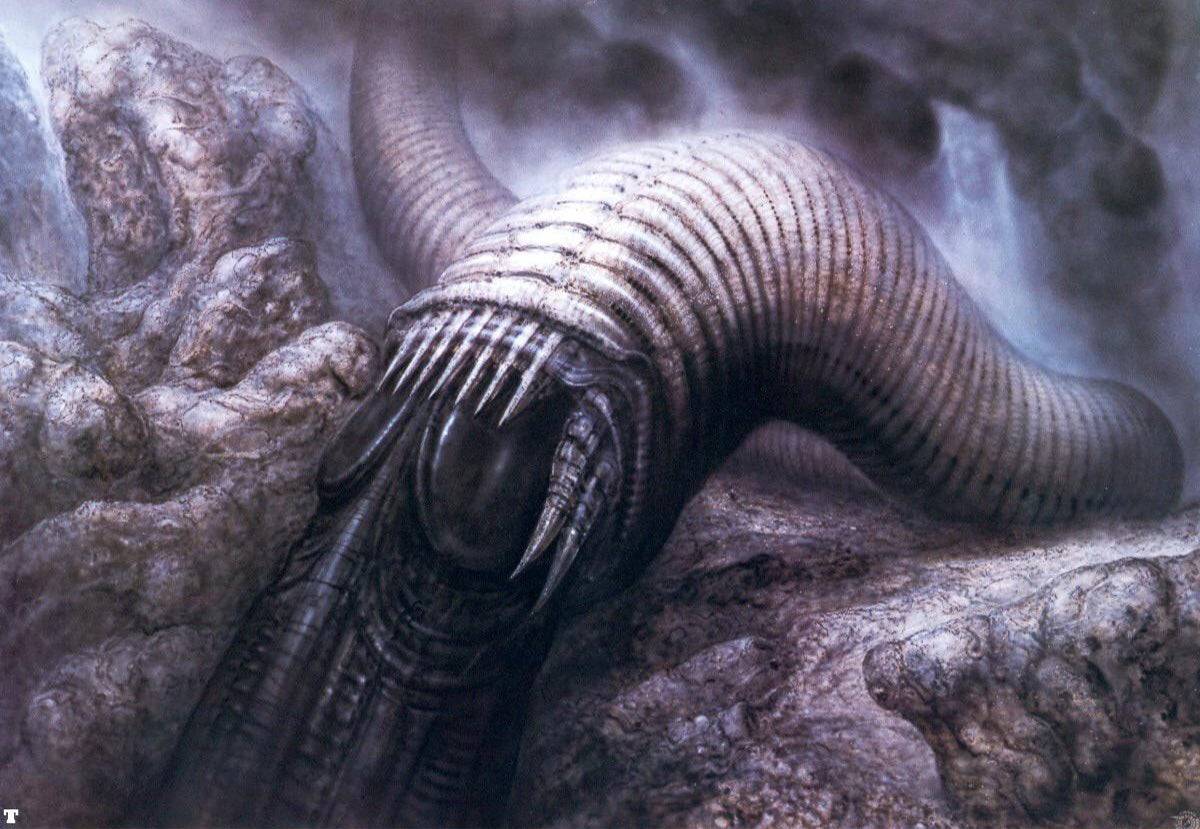Ridley Scott's Lost Dune: Unveiling a 40-Year-Old Script
This week marks four decades since David Lynch's Dune premiered. Initially a box office flop, it's since cultivated a devoted cult following, contrasting sharply with Denis Villeneuve's recent big-screen adaptation. David Lynch's involvement followed Ridley Scott's departure from the project in 1981. Until now, details about Scott's seven-to-eight-month development period remained scarce.
Thanks to T.D. Nguyen, a 133-page October 1980 draft of Scott's abandoned Dune script, penned by Rudy Wurlitzer, surfaced from the Coleman Luck archives at Wheaton College. This draft, a page-one rewrite commissioned after Frank Herbert's intensely faithful (but un-cinematic) screenplay, reveals a strikingly different vision.
Wurlitzer, in a 1984 interview, described the project as exceptionally challenging, noting the arduous task of outlining the narrative. He claimed the adaptation captured the book's essence while introducing a unique sensibility. Scott himself later confirmed the script's quality to Total Film.
Several factors contributed to the project's collapse, including the death of Scott's brother, his reluctance to film in Mexico (De Laurentiis's demand), a ballooning budget exceeding $50 million, and the allure of Filmways' Blade Runner project. However, Universal executive Thom Mount cited a lack of unanimous enthusiasm for Wurlitzer's script as a pivotal factor.
Was Wurlitzer's adaptation cinematically flawed, or simply too dark and politically charged for a mainstream release? A detailed analysis of the script allows readers to form their own conclusions. While Wurlitzer and Scott declined to comment for this article, the script itself speaks volumes.
A Darker Paul Atreides
The script opens with a dream sequence depicting apocalyptic armies, foreshadowing Paul's destiny. Scott's signature visual density is evident in descriptions like "birds and insects become a whirling hysteria of motion." This Paul Atreides, unlike Timothée Chalamet's portrayal, is a 7-year-old boy, undergoing a Bene Gesserit test. His Litany Against Fear is interwoven with Jessica's, highlighting their psychic bond. While Lynch's film featured similar imagery of a burning hand, Scott's script makes it clear these are visions, not reality.
This young Paul displays a "savage innocence," demonstrating his mastery of The Voice, nearly killing Duncan Idaho in a test of a warrior's vigilance. Producer Stephen Scarlata contrasts this assertive Paul with Lynch's more vulnerable depiction, suggesting the latter's portrayal generates greater tension and concern. The script depicts Paul's growth from age 7 to 21, surpassing even Duncan Idaho in swordsmanship. Duncan, replacing Gurney Halleck, exhibits a humor reminiscent of Jason Momoa's portrayal.
The Emperor's Demise and Political Intrigue
A pivotal twist involves the Emperor's death, revealed during a scene where Jessica observes a gardener in a rock garden. This catalyst for the ensuing conflict, absent from the novel, is highlighted by screenwriter Ian Fried as a particularly compelling element. The Emperor's death is revealed in a mystical setting, with his soul transported amidst colorful energies. The deceased Emperor communicates through a medium, bestowing Arrakis upon Duke Leto.
The Baron Harkonnen's subsequent proposal to share Arrakis' spice production is rejected, leading to conflict. A line of dialogue closely resembles the famous "He who controls the spice controls the universe" from Lynch's film, sparking speculation about its origin.
The Guild Navigator and Arrakis
The script depicts the Guild Navigator as an elongated, humanoid creature, floating in a transparent container, foreshadowing Scott's later film Prometheus. The Navigator's coma-induced spice-fueled navigation further enhances the mystical elements. Fried highlights the missed opportunity to depict the Navigator in Villeneuve's films.
The Atreides' arrival on Arrakis showcases a medieval aesthetic, with descriptions of Arakeen echoing Scott's Legend. Liet Kynes introduces Chani, emphasizing the ecological devastation caused by spice harvesting. Their ornithopter flight through a factory ship's smokestacks mirrors the dystopian cityscapes of Blade Runner. The script also features Shadout Mapes, possessing three breasts, and vividly portrays the squalor and class disparity of Arakeen, inspired by The Battle of Algiers.
Action and Violence
A bar fight scene, featuring Paul and Duncan engaging Harkonnen agents, adds a layer of action reminiscent of 1980s action films. Paul's effortless victory, however, diminishes the tension of his character arc. Their encounter with Stilgar leads to the decapitation of a Harkonnen agent. The script also depicts Jessica's levitation during meditation and her explicit dialogue with the Duke about conceiving a child.
The script's intense depiction of Paul and Jessica's desert escape, including a crash landing and encounters with a sandworm, mirrors Villeneuve's adaptation. However, it notably omits the incestuous relationship between Paul and Jessica, a point of contention with Herbert and De Laurentiis. The script does include a scene where Paul and Jessica lie together while sliding down a sand dune. Their refuge in a giant worm carcass leads to their encounter with the Fremen, culminating in Paul's duel with Jamis.
The Water of Life Ceremony
The script culminates in a Water of Life ceremony led by a gender-bending shaman, featuring a sandworm and a mystical merging of auras, reminiscent of Carlos Castaneda's work. Jessica becomes the new Reverend Mother, and Paul's acceptance into the Fremen tribe is established. The script ends with a cliffhanger, hinting at Paul's upcoming sandworm ride. Herbert's desire to see Paul riding the worm in Scott's film is noted.
A Different Kind of Messiah
Wurlitzer's script presents a more ruthless Paul, less a reluctant hero and more an ambitious leader. This portrayal contrasts with Lynch's and Villeneuve's adaptations. The script's focus on ecological, political, and spiritual aspects is highlighted by Fried as a unique strength. The script's grimdark nature, however, likely contributed to its rejection.
The script's legacy includes H.R. Giger's sandworm design and the involvement of Vittorio Storaro. Similarities between this script and Scott's later films, particularly Gladiator II, are noted. The script's ecological themes, relevant then and now, highlight the enduring relevance of Herbert's work. The possibility of future adaptations capturing the ecological underpinnings of Dune remains open.











